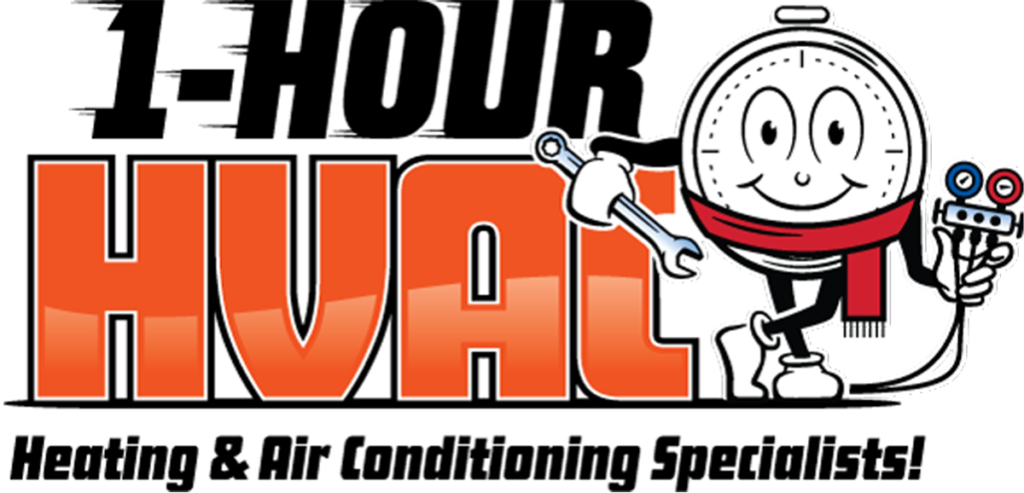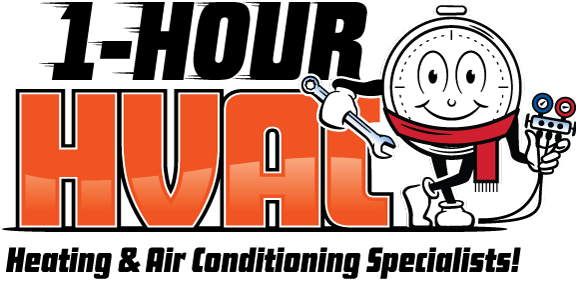In the realm of home comfort, few appliances rival the importance of your furnace. Especially during the chilly depths of winter, your furnace stands as a stalwart guardian, ensuring warmth and safety for you and your loved ones. Whether it’s the installation of a new unit, repair of a malfunctioning system, or routine maintenance to keep it in top condition, understanding the ins and outs of furnace care is essential. In this guide, we’ll delve into the intricacies of furnace installation, repair, and maintenance, empowering you to optimize comfort and safety within your home.
Installation: Setting the Foundation for Comfort
Installing a furnace is a pivotal task that sets the stage for years of reliable performance. Here’s what you need to consider during the installation process:
- Sizing Matters: Proper sizing is critical for efficient and effective heating. An oversized furnace may cycle on and off frequently, leading to energy wastage and uneven heating, while an undersized unit will struggle to maintain desired temperatures. Consult with a professional to determine the appropriate size for your home based on factors like square footage, insulation, and climate.
- Efficiency Ratings: Opt for a furnace with high-efficiency ratings, such as AFUE (Annual Fuel Utilization Efficiency). High-efficiency models not only reduce energy consumption but also lower utility bills over time.
- Professional Installation: Entrust furnace installation to certified HVAC technicians with expertise in handling gas lines, electrical connections, and ventilation systems. Proper installation ensures safety, compliance with building codes, and optimal performance.
Repair: Troubleshooting Common Issues
Despite meticulous maintenance, furnaces may encounter occasional issues that require prompt attention. Here are some common furnace problems and troubleshooting tips:
- Lack of Heat: If your furnace fails to produce heat, check the thermostat settings, pilot light (for older models), and circuit breaker. Ensure that the air filter is clean and unobstructed, as clogged filters restrict airflow and impede heating performance.
- Strange Noises: Unusual noises such as banging, rattling, or squealing may indicate underlying issues such as loose components, worn bearings, or airflow restrictions. Inspect the furnace for loose screws, worn belts, or debris lodged in the blower assembly. If the problem persists, consult a professional for diagnosis and repair.
- Frequent Cycling: Short cycling, where the furnace turns on and off frequently, can result from issues like dirty filters, malfunctioning thermostats, or faulty flame sensors. Replace dirty filters and ensure proper thermostat calibration. If the problem persists, schedule a professional inspection to identify and address underlying issues.
- Pilot Light Problems: For furnaces equipped with pilot lights, a malfunctioning pilot light may prevent the furnace from igniting. Check for a steady blue flame—if the flame appears weak or flickers irregularly, clean the pilot orifice and adjust the flame height as necessary. If the pilot light fails to ignite, consult a technician to inspect the gas supply and ignition system.
Maintenance: Preserving Performance and Longevity
Routine maintenance is the cornerstone of furnace care, ensuring optimal performance, energy efficiency, and longevity. Here’s a checklist for ongoing maintenance:
- Replace Air Filters: Dirty filters obstruct airflow and strain the furnace, leading to reduced efficiency and increased energy consumption. Replace disposable filters every 1-3 months, or clean and reuse washable filters according to manufacturer recommendations.
- Inspect and Clean Vents and Ducts: Inspect air vents and ductwork for obstructions, leaks, or signs of deterioration. Clean vents and registers regularly to prevent dust buildup and ensure proper airflow throughout the home.
- Lubricate Moving Parts: Furnace components such as blower motors, bearings, and fan belts benefit from periodic lubrication to reduce friction and wear. Refer to the manufacturer’s guidelines for recommended lubrication intervals and use appropriate lubricants for optimal performance.
- Check Thermostat Operation: Test thermostat functionality and accuracy by adjusting temperature settings and monitoring furnace response. Replace outdated or malfunctioning thermostats with programmable models for enhanced comfort and energy savings.
- Schedule Professional Inspections: Schedule annual furnace inspections by certified HVAC technicians to detect potential issues, verify system efficiency, and perform preventive maintenance tasks. Professional inspections help identify minor issues before they escalate into costly repairs or system failures.
In conclusion, prioritizing furnace installation, repair, and maintenance is essential for ensuring comfort, safety, and efficiency within your home. By adhering to best practices and seeking professional assistance when needed, you can maximize the performance and longevity of your furnace while minimizing energy consumption and operating costs. Invest in the well-being of your home and family by mastering the art of furnace care—a decision that pays dividends in comfort and peace of mind for years to come




